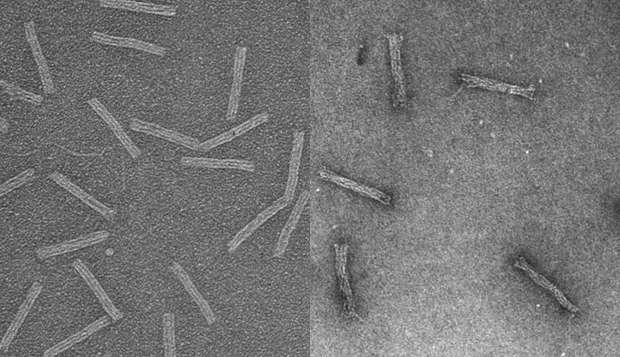Researchers at The Ohio State University are working on a new way to treat drug-resistant cancer that the ancient Greeks would approve of—only it’s not a Trojan horse, but DNA that hides the invading force.
In this case, the invading force is a common cancer drug.
In laboratory tests, leukemia cells that had become resistant to the drug absorbed it and died when the drug was hidden in a capsule made of folded up DNA.
Previously, other research groups have used the same packaging technique, known as “DNA origami,” to foil drug resistance in solid tumors. This is the first time researchers have shown that the same technique works on drug-resistant leukemia cells.
The researchers have since begun testing the capsule in mice, and hope to move on to human cancer trials within a few years. Their early results appear in the journal Small.
The study involved a pre-clinical model of acute myeloid leukemia (AML) that has developed resistance against the drug daunorubicin. Specifically, when molecules of daunorubicin enter an AML cell, the cell recognizes them and pumps them back out through openings in the cell wall. It’s a mechanism of resistance that study co-author John Byrd of The Ohio State University Wexner Medical Center compared to sump pumps that draw water from a basement.
He and Carlos Castro, assistant professor of mechanical engineering, lead a collaboration focused on hiding daunorubicin inside a kind of molecular Trojan horse that can bypass the pumps so they can’t eject the drug from the cell.
The complete article can be found here at Phys.org.











